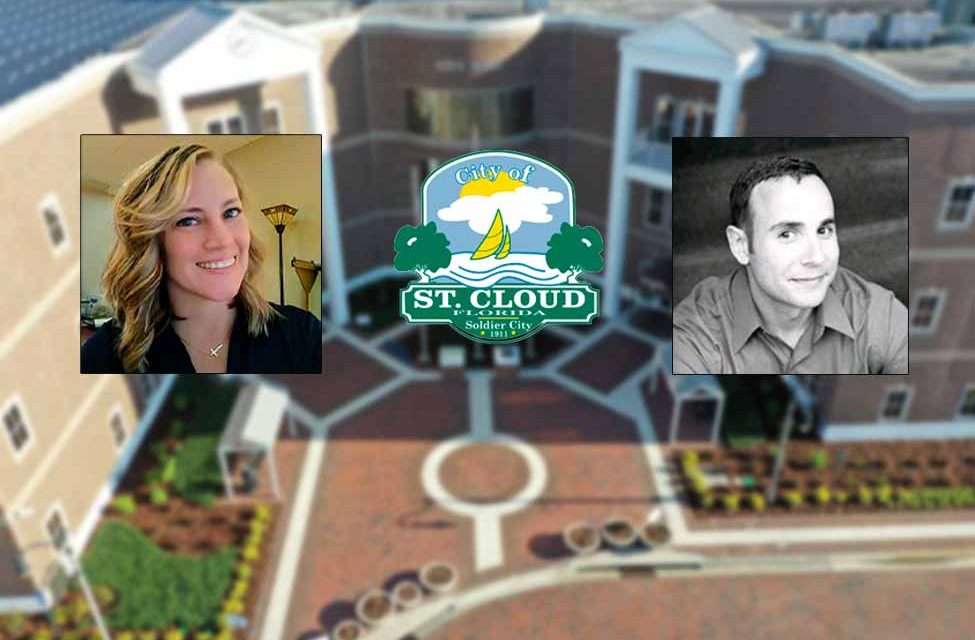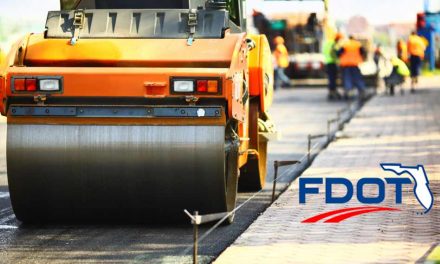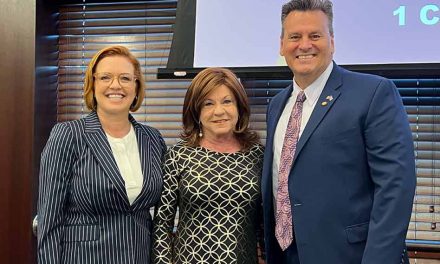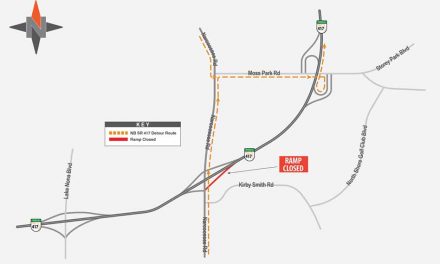It rains in the summer in Central Florida. Sometimes, it rains a lot. And then if a tropical system like a hurricane rolls through, it can strain drainage systems.
Those systems are networks connecting city and county drain fields and flood plains, and when a named storm hits, state personnel are available to work together with local public works staff to keep everyone safe from flooding.
For the City of St. Cloud, hurricane preparedness and flooding mitigation is an ongoing subject, even in the midst of a viral pandemic.
St. Cloud Public Works Director Naseem Ghandour has a few tips for those who maybe haven’t been in the area long and haven’t experience a hurricane:
- It’s never too early to prepare. Plan essential items and hard-to-get items when a storm threatens.
- Stay informed on projected storm paths.
- Have a family plan, before the storm threatens. Floridadisaster.org has great resources.
- Have a place to go if you have to evacuate, and you can’t stay with friends or family or get a hotel room. Know where the public shelters are, and expect few accept pets.
- Know you aren’t alone: city, county and state officials are working to help.
City of St. Cloud’s Flood Plains Director, Leigh Ann Wachter, said no matter how many storms we go through as a community, the city prepares the same for each weather threat.
“COVID-19 has been a preparation exercise, so going into storm season that preparedness may have actually been a helpful dry run for many people,” she said. “For those who have never been in a storm, or just moved into the hurricane zone, the best thing to do is seek the advice of nearby ‘storm veterans'”.
Ghandour said flooding awareness starts before it begins. Be aware of your surroundings — home or apartment, where potential flooding areas are, and if or where sandbags are needed. Wachter said to take notice of drainage if a new development is built near you.
“You’ll have different drainage pattern. New residential development will make water flow in different area. If you have vacant land near you, development will change that flow,” she said.
If you own property, remember that flood damage is NOT covered by standard homeowners insurance. About 3,500 properties in St. Cloud are in Flood Zones A and AD that require flood insurance as part of a homeowners package. The city has mailed them notice of their risk and flood insurance information. Luckily, St. Cloud participates in National Flood Insurance program, making reduced flood insurance premiums available through city vendors.
If you do suffer flood damage, take photos of your home and belongings, and take lots of photos and video of the damage to document for insurance purposes.
St. Cloud Public Works staff makes sure storm drains and culverts are free flowing. Residents can do the same. Don’t blow yard waste into the street; it clogs storm drains. And be mindful of erosion caused by rain runoff from the roof. Direct drains away form the house, toward the street. Inspect fences to make sure water and run freely through or underneath to create natural drainage (and not a natural dam).
Floodwater should be avoided on foot and in a car. If you can’t see the bottom, you don’t know the depth or what’s in it. Avoid driving in moving floodwater (Don’t drown, turn around). Electricity could be present and shock you, and can be contaminated or have snakes or floating insects.
For more questions about local flood issues or other storm issues, consult the Osceola Hurricane Handbook, found online at kua.com, or call the St. Cloud Planning Department at 407-957-7275.


















